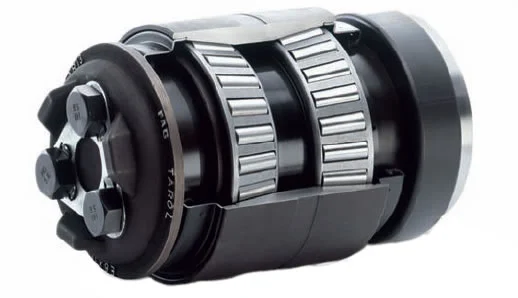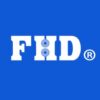Table of Contents
Categories
-
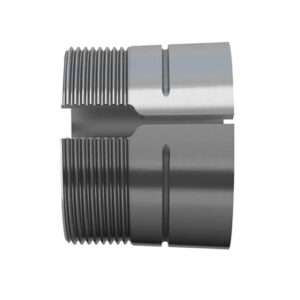
Adapter Sleeves (9)
-
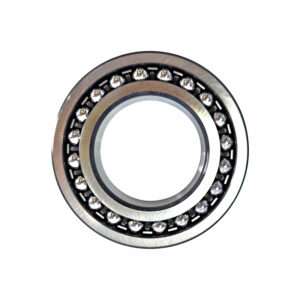
Ball Bearings (11)
-
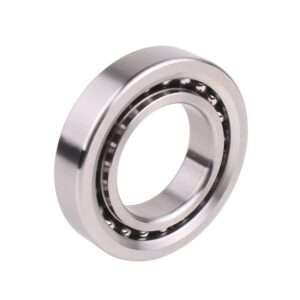
Ball Screw Bearings (2)
-

Ceramic Bearings (27)
-
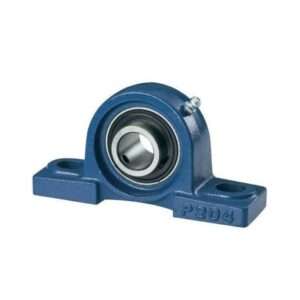
Pillow Block Bearings (4)
-
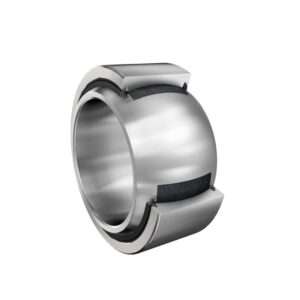
Plain Bearings (32)
-
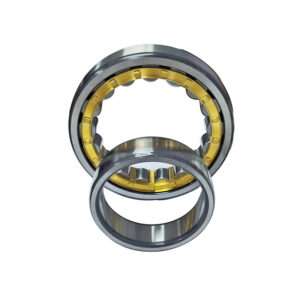
Roller Bearings (12)
-
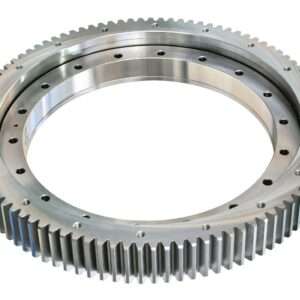
Slewing Bearings (43)
-
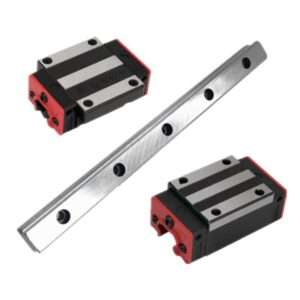
Sliding Block (3)
-
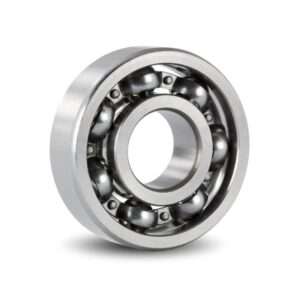
Stainless Steel Bearings (27)
-
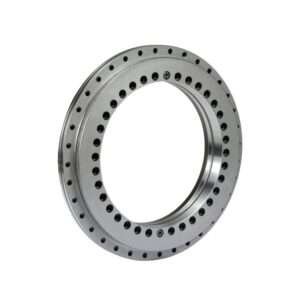
Super Precision Bearings (6)
-
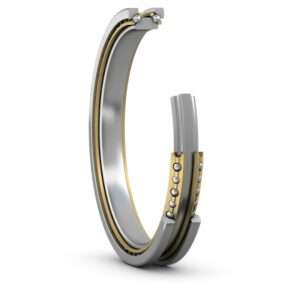
Thin Section Bearings (9)
-
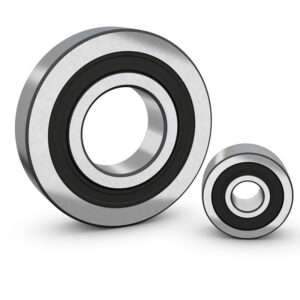
Track Rollers (4)
-
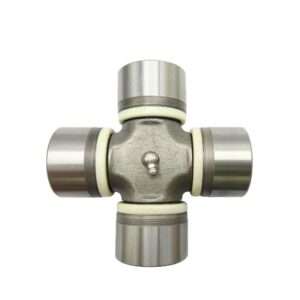
Universal Joints (1)
Chips
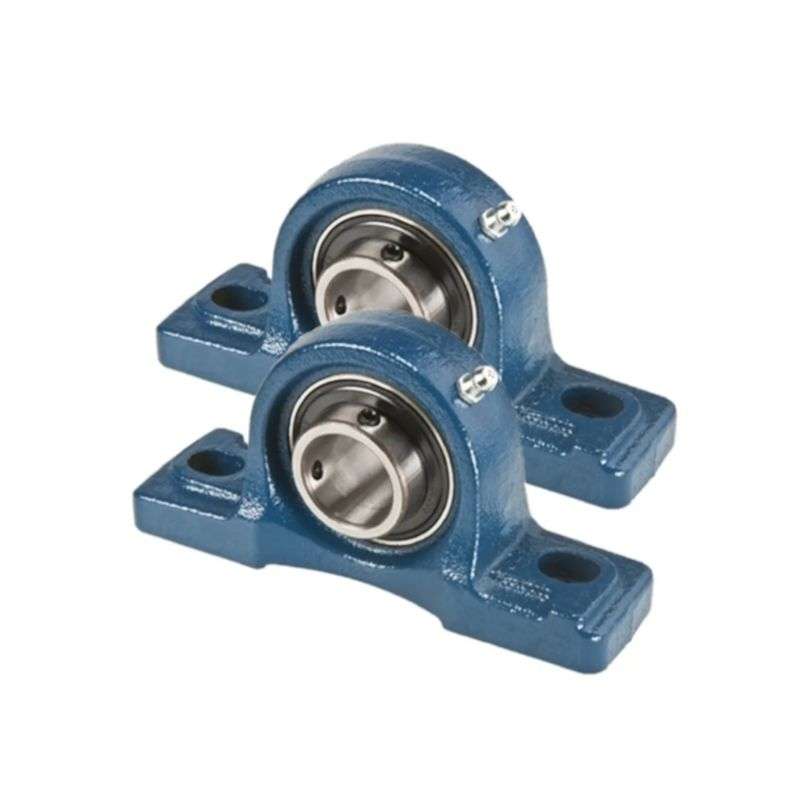
1. Introduction
1.1 Why Procurement Decisions for Block Bearings Matter
Block bearings may seem like small fry in the grand scheme of industrial components, but let me tell you—they can make or break your entire setup. Selecting the wrong unit can lead to catastrophic downtime, ballooning maintenance costs, and worse, safety hazards. In high-demand environments, that’s a one-way ticket to a loss in both productivity and reputation.
1.2 How This Guide Will Help You Make Better Choices
Navigating the procurement process for block bearings isn’t just about flipping through a catalog. It’s about understanding the nuts and bolts behind performance specs, supplier credibility, and operational demands. This guide dives deep into every nook and cranny so you’re not flying blind the next time you’re on the hook for a procurement decision.
1.3 The Impact of Poor Bearing Selection
Choose poorly, and you’ll be eating crow when unplanned outages grind operations to a halt. Inferior block bearings may exhibit premature wear, misalignment issues, or worse—catastrophic failure under stress. The downstream consequences include emergency repairs, production delays, and a dent in your bottom line.
2. Understanding Block Bearings
2.1 What Are Block Bearings?
Block bearings, commonly known as pillow block bearings, are mounted bearings used to provide support for rotating shafts with the help of compatible housing. They come pre-assembled with a bearing inside a mount, simplifying installation and maintenance. Whether you’re driving conveyor belts or precision rollers, these components are the unsung heroes behind smooth mechanical motion.
2.2 Common Types of Block Bearings
You’ve got your standard pillow blocks, flange blocks, and take-up units, each suited to a different mechanical flavor. Pillow blocks are your workhorse option, while flange blocks offer more versatility in fixed mounting configurations. Then there are specialized types like thermoplastic housings for washdown environments or split housings for easier maintenance access.
2.3 Applications of Block Bearings in Industry
From steel mills to bottling plants, block bearings are ubiquitous across countless industrial domains. They’re used in agricultural machinery, HVAC systems, packaging lines—you name it. Wherever there’s a need to guide or support a rotating shaft, a block bearing is pulling its weight, often without fanfare.
3. The Importance of Quality in Block Bearings
3.1 How Poor-Quality Bearings Lead to Failures
Cheap bearings are like ticking time bombs. Subpar materials, loose tolerances, and insufficient lubrication channels can rapidly degrade performance. Once that bearing starts to scream, you’re already too late.
3.2 Signs of High-Quality Block Bearings
You want bearings with precision-ground surfaces, robust seals, and consistent internal clearance. Look for anti-contaminant features and solid housing construction—cast iron over die-cast every day of the week. If the bearing comes pre-lubricated with high-grade grease, you’re looking at a keeper.
3.3 Material Standards and Certifications to Look For
A reputable bearing will meet ISO 9001 quality management standards at a bare minimum. For food or pharmaceutical environments, NSF or FDA compliance may also be necessary. Stainless steel, high-chromium alloys, or thermoplastics should carry material certifications that guarantee performance under specified conditions.
4. Load Capacity and Performance
4.1 Static vs. Dynamic Load Considerations
Static load refers to the maximum load a bearing can withstand when stationary, while dynamic load applies to rotating applications. If you ignore the dynamic rating, you’re asking for bearing seizure during operation. Always plan for both, especially if your equipment cycles between idle and active states.
4.2 Calculating Load Requirements for Your Application
You can’t eyeball this—run the math. Consider shaft speed, load direction, mounting orientation, and operational duration. Manufacturers typically provide calculation tools or charts; use them or risk premature failure.
4.3 Overloading Risks and How to Avoid Them
Push a bearing past its rated capacity and you’ll end up with spalling, pitting, or worse—shaft misalignment and total equipment failure. Overdesigning slightly is often cheaper than repairing a system that’s gone pear-shaped. Use a generous safety factor, especially in harsh environments or with variable loads.
5. Durability and Longevity Factors
5.1 Corrosion Resistance in Harsh Environments
In marine or chemical settings, corrosion isn’t a risk—it’s a certainty unless you’ve got the right materials. Stainless steel or coated housings can buy you years of service life compared to standard iron options. Environmental seals also play a critical role in fending off moisture and debris.
5.2 Lubrication Requirements for Long Service Life
Consistent lubrication minimizes friction, reduces heat, and prevents wear. Some block bearings come with built-in grease fittings, while others may use sealed-for-life lubrication. Choose based on your maintenance capacity and environmental exposure.
5.3 Wear and Fatigue Testing Standards
Look for products tested under ASTM or ISO fatigue standards, which simulate real-world loading conditions. These tests reveal how well a bearing holds up under cyclic stress. A bearing that passes high-cycle fatigue testing is usually worth the premium.
6. Precision and Tolerance Specifications
6.1 Why Tolerance Levels Affect Performance
Even a hair of misalignment can wreak havoc in high-speed applications. Tight tolerances ensure smooth operation and minimize shaft deflection. Bearings with poor roundness or out-of-spec bore diameters lead to noise, vibration, and uneven loading.
6.2 Matching Bearing Precision to Application Needs
You wouldn’t put a precision-grade bearing in a wheelbarrow—nor a loose-tolerance one in a CNC spindle. Match the ABEC or ISO precision class to your application’s speed and load requirements. Over-specifying adds cost; under-specifying adds risk.
6.3 Common ISO and ANSI Standards
Bearings conforming to ISO 199, ANSI B3.15, or ABMA standards offer consistency in size, form, and performance. Always ask for documentation proving adherence to these benchmarks. Standardized products also simplify replacements and cross-brand compatibility.
7. Environmental and Operational Conditions
7.1 High-Temperature vs. Low-Temperature Applications
Extreme heat can degrade seals and lubricants, while cold can cause brittleness and contraction. Bearings rated for high-temp applications often use Viton seals and high-temp greases. For cryogenic uses, consider special polymer or hybrid ceramic solutions.
7.2 Exposure to Chemicals and Contaminants
Chemical exposure demands resistant materials and seals. EPDM, FKM, or PTFE seals provide varying levels of chemical resistance. Always cross-reference the chemicals in your process with the bearing material’s compatibility chart.
7.3 Vibration and Noise Reduction Features
Low-vibration and low-noise designs are vital in HVAC, automotive, or precision machinery. Bearings with noise-dampening inserts or elastomeric housings help reduce decibel levels. Proper fitment and preload also contribute to operational smoothness.
8. Lubrication Options for Block Bearings
8.1 Grease vs. Oil Lubrication: Pros and Cons
Grease is the go-to for ease of maintenance and good sealing, while oil suits high-speed or high-temp operations. Greased bearings are often pre-filled and sealed, but oil-lubed ones allow better heat dissipation. Choose based on speed, temperature, and environmental exposure.
8.2 Self-Lubricating Bearing Solutions
Self-lubricating bearings use composite materials or internal reservoirs to minimize upkeep. They’re ideal in applications where relubrication is impractical or risky. While the upfront cost is higher, long-term savings in labor and downtime often justify the investment.
8.3 Maintenance Intervals Based on Lubrication Type
Greased bearings may require quarterly re-lubrication depending on load and speed. Oil-lubed systems often have centralized reservoirs needing more frequent checks. Follow OEM guidelines religiously—cutting corners here leads to bearing suicide.
9. Cost vs. Value in Procurement
9.1 Why the Cheapest Option Isn’t Always the Best
Buying the bargain-bin option might save a buck today but cost a fortune tomorrow. Low-cost bearings often skimp on metallurgy, sealing, or precision. In mission-critical systems, that’s playing roulette with your equipment.
9.2 Total Cost of Ownership (TCO) Analysis
TCO includes initial cost, maintenance, downtime, and replacement cycles. A pricier bearing with better longevity and less upkeep often pays for itself in under a year. Spreadsheet it out—you’ll be shocked at how fast costs add up.
9.3 Balancing Budget with Reliability
Not every application needs top-shelf bearings, but cutting corners in the wrong places is penny wise, pound foolish. Conduct a risk-based analysis before making compromises. Use tiered sourcing strategies to align quality with operational criticality.
10. Supplier Reliability and Reputation
10.1 Key Indicators of a Trustworthy Supplier
Reliable suppliers offer transparent spec sheets, ISO certifications, and responsive support. Look for strong post-sale service, robust warranties, and consistent lead times. If a vendor goes radio silent once the invoice clears, that’s a red flag.
10.2 How to Verify Manufacturer Credentials
Request compliance documentation and audit reports. Cross-check their business registration, factory audits, and client testimonials. Industry affiliations like ABMA or EPTDA also signal legitimacy.
10.3 Case Studies of Good vs. Bad Suppliers
One buyer switched to a lower-cost supplier without vetting—result: 18% increase in failure rates and two weeks of lost production. Another conducted full supplier audits, resulting in a 3-year contract with zero warranty claims. Due diligence pays.
11. Customization and Specialized Needs
11.1 When to Consider Custom Block Bearings
Custom block bearings make sense when off-the-shelf units can’t meet your load, speed, or environmental criteria. Industries like aerospace or food processing often require tailored geometries or materials. Don’t be afraid to spec it out if the application justifies the investment.
11.2 Tailoring Bearings for Unique Applications
Options include altered bore sizes, custom housing materials, and integrated sensors. Some suppliers offer CAD-based design services to streamline development. Collaboration between your engineering team and the supplier is key to a successful custom solution.
11.3 Lead Times and Production Flexibility
Custom units can take anywhere from four weeks to several months. Choose a supplier with modular production systems or short-run flexibility. Always factor in lead time buffers when planning procurement schedules.
12. Sourcing Block Bearings from China
12.1 Why China is a Leading Manufacturer
China boasts large-scale production capabilities, competitive pricing, and rapid prototyping. Major cities like Wuxi and Ningbo house some of the world’s largest bearing plants. The key is separating the wheat from the chaff.
12.2 How to Avoid Common Pitfalls When Importing
Vet your suppliers thoroughly—visit the factory if possible, or hire a local agent. Insist on pre-shipment inspections and sample testing. Poor communication and unclear specs are the root of most import disasters.
12.3 Negotiating Prices and MOQs with Chinese Suppliers
Don’t be shy about haggling—pricing is often negotiable, especially with bulk orders. Minimum order quantities (MOQs) can sometimes be lowered with long-term commitments. Always lock terms in writing, ideally in both English and Mandarin.
13. Compliance and Regulatory Standards
13.1 ISO 9001 and Other Key Certifications
ISO 9001 certifies that a supplier has robust quality management systems in place. Other important standards include ISO/TS 16949 for automotive and ISO 22000 for food safety. Compliance isn’t just a checkbox—it’s proof of reliability.
13.2 Meeting Industry-Specific Compliance Needs
Aerospace, food, and medical industries often have sector-specific compliance requirements. Think FAA certifications, NSF listings, or cGMP compliance. Partner only with suppliers who understand and meet these expectations.
13.3 Documentation and Traceability Requirements
Full traceability ensures that every bearing can be tracked from raw material to final delivery. This is critical in regulated industries or when failures require forensic analysis. Insist on complete documentation including batch numbers, material certs, and inspection records.
14. Ordering, Logistics, and Lead Times
14.1 MOQ Considerations for Bulk Purchases
MOQ policies vary widely—some suppliers require only a handful, others demand container loads. Align your order size with warehousing and consumption rates. Don’t tie up cash in excess inventory you can’t turn over.
14.2 Shipping and Import Duty Considerations
Factor in tariffs, VAT, customs brokerage, and shipping insurance when calculating landed cost. DDP (Delivered Duty Paid) contracts simplify the process but may carry a premium. Always know your Incoterms.
14.3 How to Ensure Timely Deliveries
Work with suppliers who offer real-time tracking and buffer lead times. Just-in-time is great—until it’s not. Build contingency stock for critical items.
15. Testing and Quality Assurance
15.1 Incoming Inspection Protocols for Bearings
Every shipment should be inspected for dimensional accuracy, surface finish, and packaging integrity. Use digital calipers, bore gauges, and even ultrasonic testing for high-spec units. Catching a defect at receiving is better than on the shop floor.
15.2 Common Testing Methods (NDT, Load Testing, etc.)
Nondestructive testing (NDT) methods like X-ray and ultrasonic are valuable for identifying internal flaws. Load testing simulates real-world stress and reveals early fatigue. Thermal imaging can also detect irregular friction or imbalance.
15.3 Handling Defects and Warranty Claims
A solid warranty policy speaks volumes about a supplier’s confidence in their product. Document defects with photos, test data, and usage logs. Prompt communication and clear contractual terms help expedite resolution.
16. Conclusion and Actionable Takeaways
16.1 Summary of Key Procurement Factors
Procurement success hinges on understanding load specs, material quality, supplier reliability, and compliance standards. Don’t skimp on research or cut corners to save pennies. A well-informed decision today saves you a world of headache tomorrow.
16.2 Steps to Improve Your Buying Process
Establish a standardized vetting process, use TCO analysis, and prioritize supplier audits. Create a knowledge base from past purchases to refine future ones. Always debrief after major orders to identify lessons learned.
16.3 Next Steps for Finding the Best Block Bearings
Start with your application requirements, then vet suppliers against those needs. Don’t be afraid to demand test reports, certifications, and references. Treat procurement like an engineering discipline—because it is.
Related Posts

Bearing Code
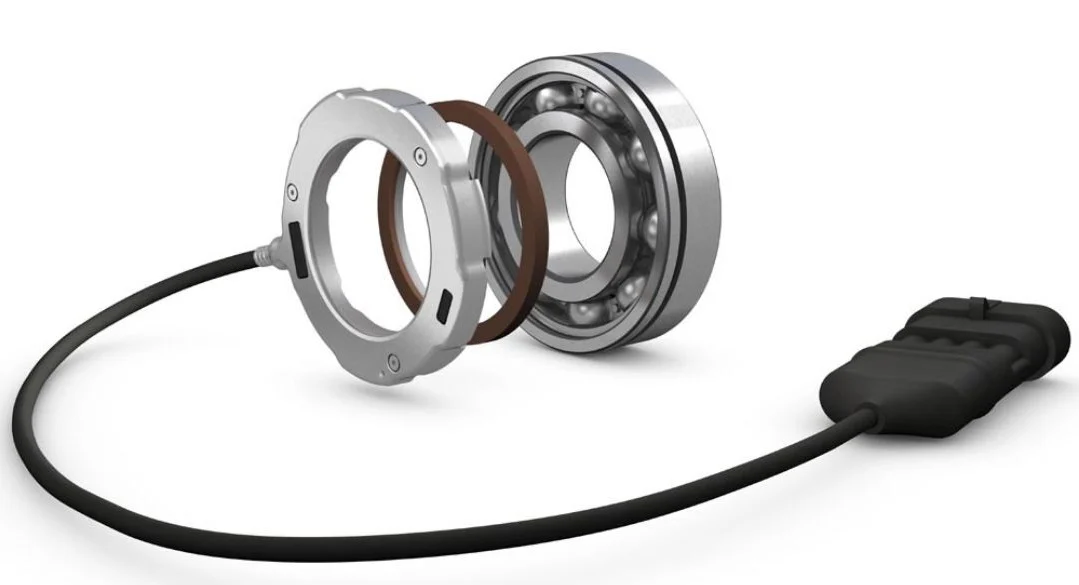
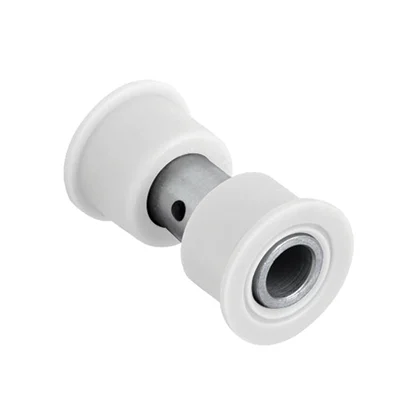
Delrin Bearings: Lubrication-Free Long Life
